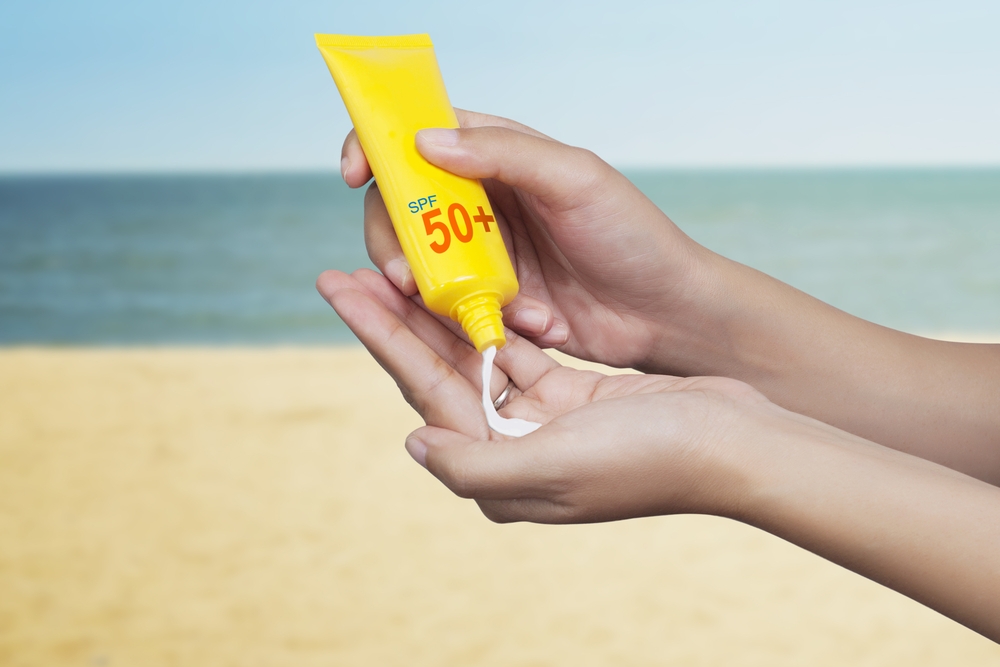Phytodermatitis… sounds scary doesn’t it? For those who aren’t familiar with this condition, it develops when certain plant compounds come into contact with the skin making the skin more sensitive to light. So how can we avoid phytodermatitis, how can it be identified, and how can it be treated? Read on to find out.
Phytodermatitis occurs in two steps. First the skin is exposed to a photosensitizing chemical called furocoumarins that are found in certain plants and fruits. The compounds are at their highest level in summer and spring, increasing the risks of exposure. Plants and fruits to be aware of are celery, parsley, citrus fruits, parsnips, figs, Queen Anne’s lace, bergamot and more.
Symptoms will become apparent after skin is then exposed to UV light from the sun. Within 12 to 36 hours a red, swollen rash will develop which is then replaced by discoloration that can last months or years. The key clue that you have phytodermatitis, and not another condition, is that the rash often appears in the shape of drip marks or hand prints. This is because it is apparent only on the skin that was affected by the toxins. It will also burn rather than itch.
Phytodermatitis is commonly contracted from fruit drippings, airborne particles or scratches from branches. People at risk include those who handle fruits and vegetables, bartenders, grocers, and farm workers. It can also affect people who frequently run, walk, hike or bike in wooded areas or other wild places where the plants that cause this condition grow. Sometimes children might contract it from playing in grasses that come from the same family as Queen Anne’s lace. It can also be contracted from some natural perfumes or essential oils that come from wild plants containing the compound that causes phytodermatitis.
You can avoid phytodermatitis by washing hands after coming into contact with any of the agents that might cause it. Wear long pants and sleeves when you’re in wild and wooded areas. Also, avoid sun exposure after cutting or squeezing fruit. Avoid drinking soft drinks or fruit drinks while you are out in the sun and avoid wearing perfumes while sunbathing. Also, be sure to use a potent sunblock and limit sun exposure.
Making a campfire can also lead to cases of phytodermatitis. Use only firewood and never put wild plants into the fire. If wild parsnip or other plants that contain phytodermatitis causing chemicals are burned, they will disperse into the air and come into contact with exposed body parts. This can result in an outbreak once you come into contact with sunlight.
Most cases of phytodermatitis are mild and don’t require a trip to the doctor. The spots will fade over time. Treat the rash as you would a poison ivy rash, with cool compresses, hydrocortisone creams and oral antihistamines. In a severe case, treatment may involve steroid pills which would be prescribed by a doctor.


















